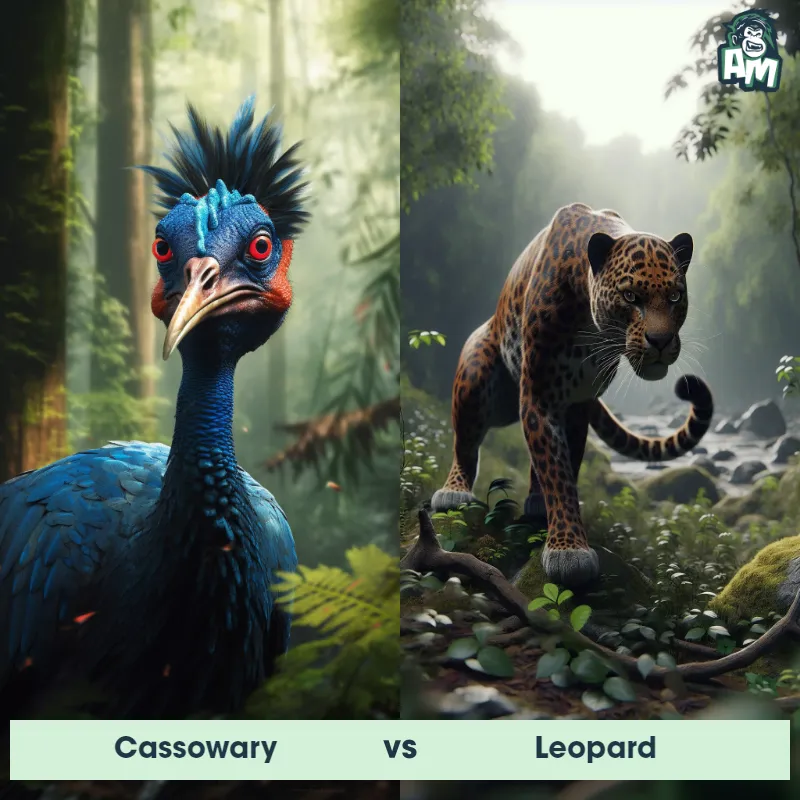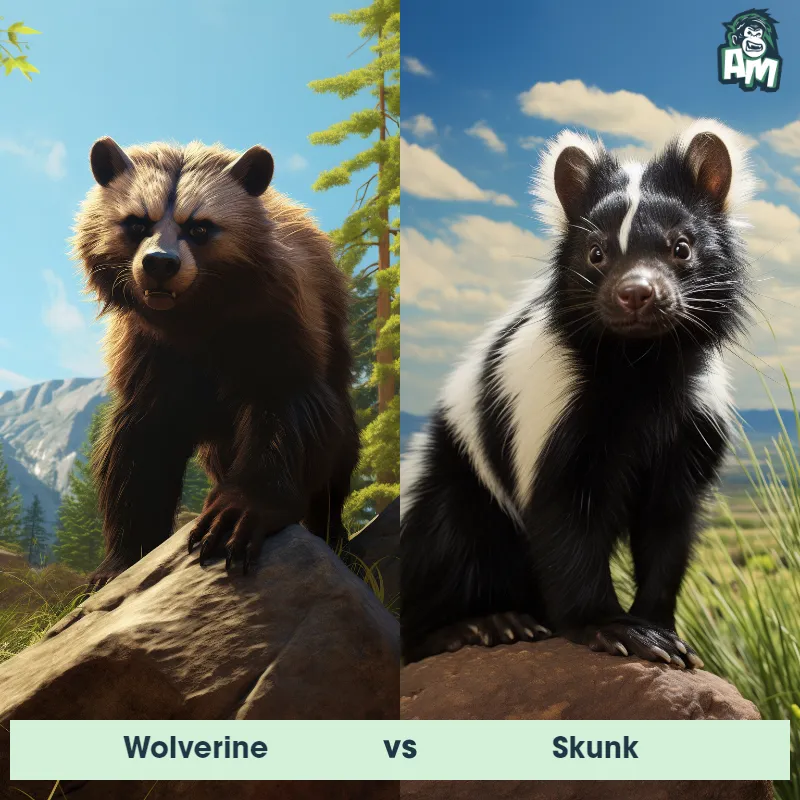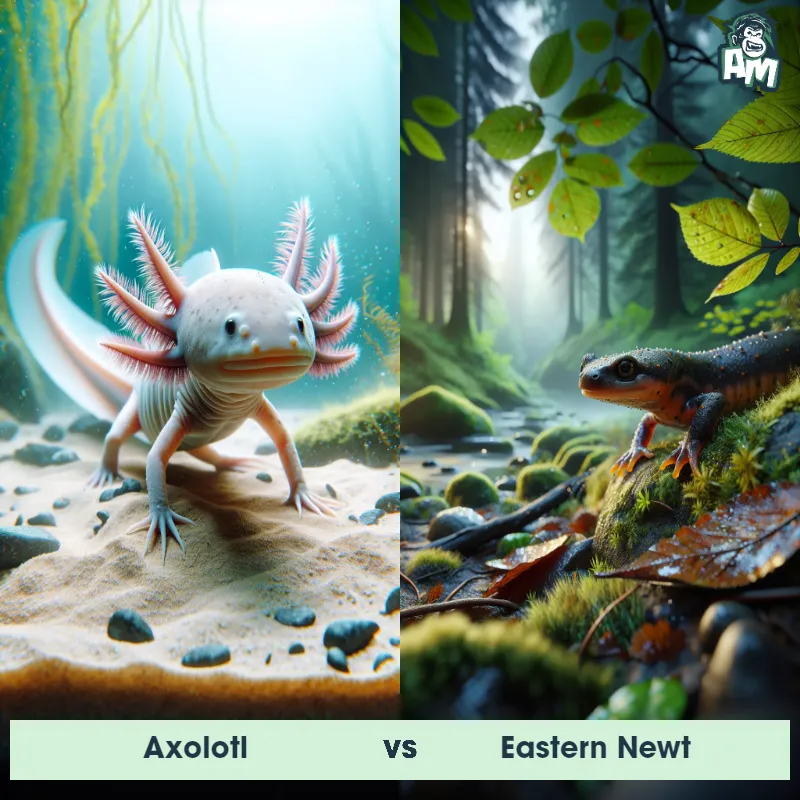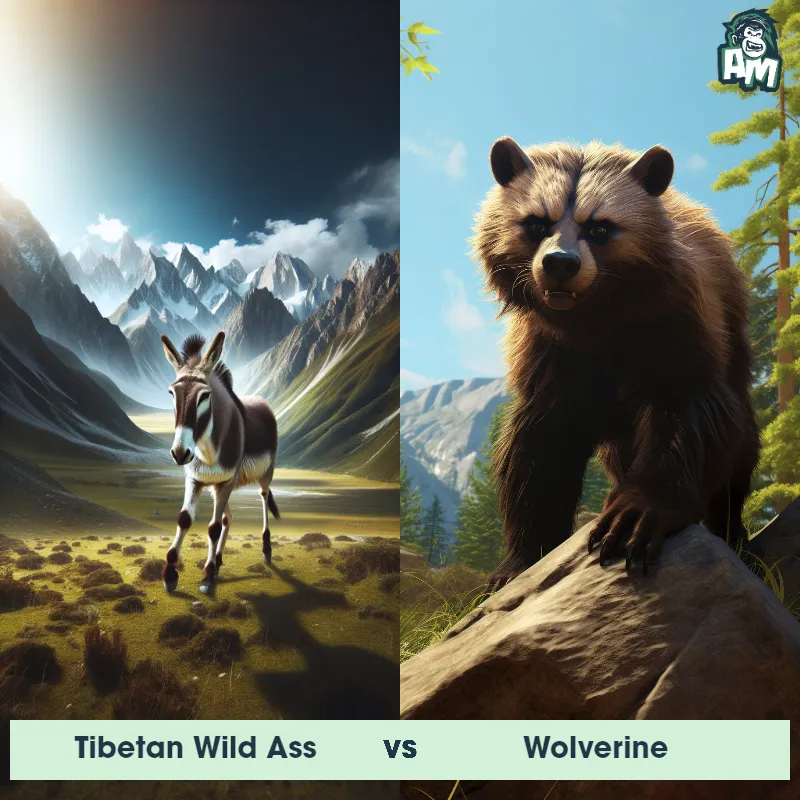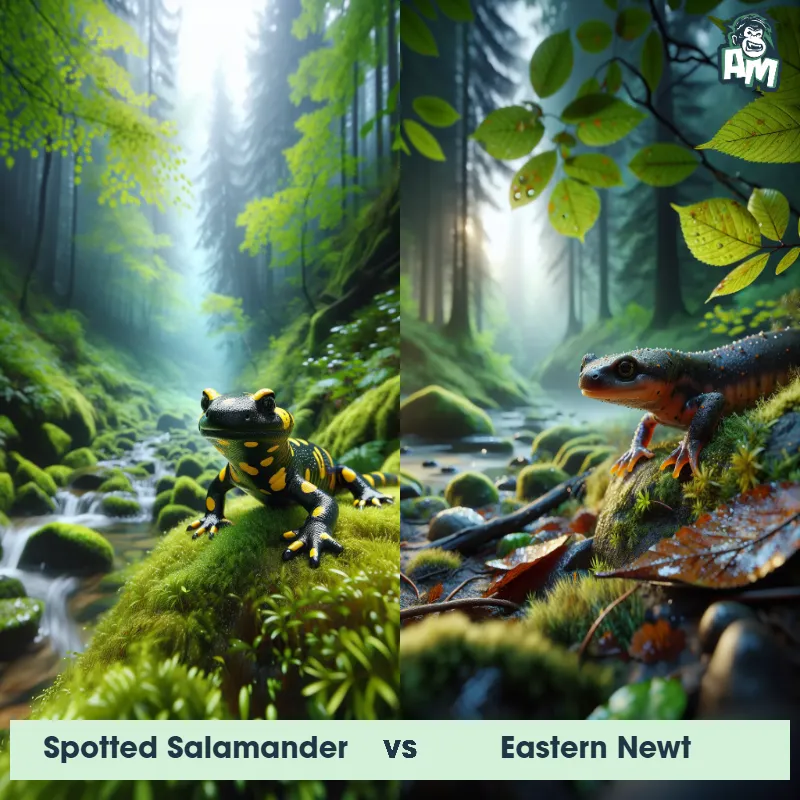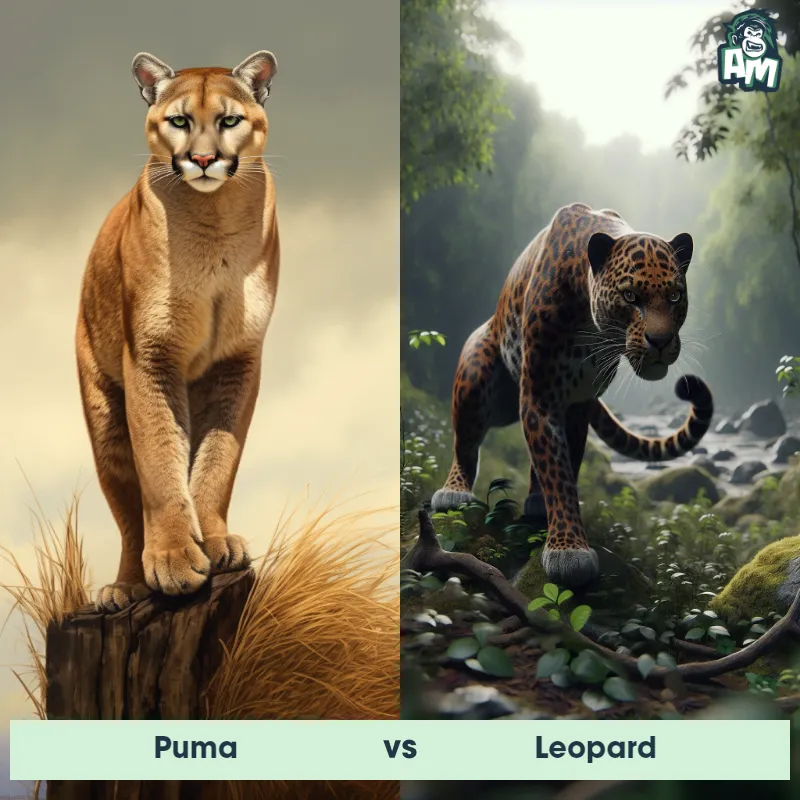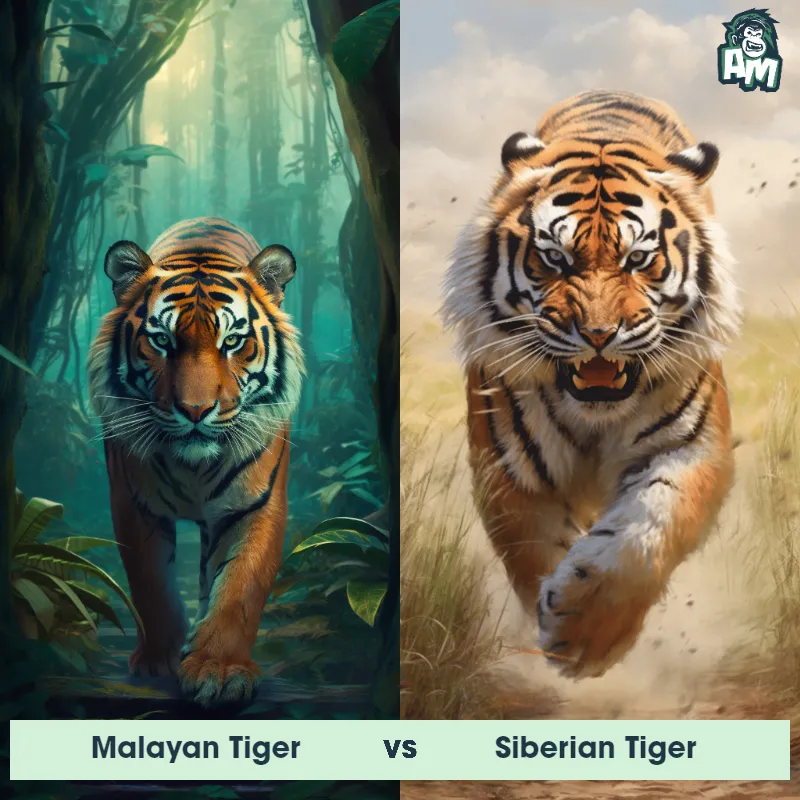Lynx vs LeopardSee Who Wins

Ladies and gentlemen, welcome to this thrilling face-off between two fierce predators in the wild kingdom. We have a Lynx squaring off against a formidable Leopard, and let me tell you, it's going to be one wild showdown. The anticipation is electrifying as both animals eye each other, showing off their strength and agility. Let the battle begin!
Contender 1: Lynx
The Lynx is a medium-sized wild cat with distinctive tufted ears, short tail, and spotted fur. They have powerful legs and sharp claws, which make them excellent hunters. Lynx are solitary animals and are found in forests and mountainous regions across Europe, Asia, and North America.
Fun Fact: Lynx have excellent hearing and can detect prey up to 75 feet away, even under a thick layer of snow.
Contender 2: Leopard
The Leopard is a large and powerful carnivorous mammal that is known for its distinctive coat pattern consisting of rosette-like spots. It has a slender body, muscular limbs, and a long tail, enabling it to be agile and swift. Leopards are primarily nocturnal creatures, preferring to hunt during the cover of darkness. They are highly adaptable and can thrive in a variety of habitats, ranging from dense forests to open grasslands. With exceptional climbing skills, they are capable of dragging their prey up trees to keep it safe from other predators.
Fun Fact: Leopards are incredibly strong and possess immense agility, as they are capable of leaping horizontally up to 6 meters and vertically up to 3 meters, allowing them to ambush their prey from above with precision.
Matchup Stats
| Lynx | Leopard | |
|---|---|---|
| Size | 18-24 inches (45-60 cm) at the shoulder | 24-28 inches (60-71 cm) at the shoulder; 5-6 feet (1.5-1.8 meters) in length |
| Weight | 18-24 pounds (8-11 kg) | 80-160 pounds (36-73 kilograms) |
| Speed | Speed: 50 mph (80.47 km/hr) | 36-37mph (58-60km/h) |
| Key Strength | Powerful legs and sharp claws | Powerful jaw and sharp claws |
| Biggest Weakness | Short tail | Less endurance compared to some other big cats |
Current Votes
Lynx vs Leopard
See Who Wins
View More Matches
Looking For More?
Similar Matches
Scientific Stats
| Lynx | Leopard | |
|---|---|---|
| Scientific Name | Lynx | Panthera pardus |
| Family | Felidae | Felidae |
| Habitat | Forests and mountainous regions | Variety of habitats including forests, grasslands, and mountains |
| Geography | Europe, Asia, and North America | Africa, parts of Asia |
| Diet | Small mammals, birds, and fish | Carnivorous, preys on various animals including ungulates, small mammals, birds, and reptiles |
| Lifespan | 10 years - 15 years | 12 years - 17 years |
Key Differences between Lynx and Leopard
- Ear tufts: One of the most recognizable features of a Lynx is its prominent ear tufts, which are long black tufts of hair at the tips of its ears, serving possible communication or adaptive functions. The Leopard, however, lacks these tufts, with its ears being relatively shorter and without such distinctive adornments.
- Geographic distribution: Lynx are found primarily in northern regions and colder climates, inhabiting parts of Europe, Asia, and North America, including Canada and Alaska. Leopards, on the other hand, have a wider distribution, occurring in diverse habitats across sub-Saharan Africa, Asia, and even parts of the Middle East.
- Color and pattern: The Lynx has dense, soft fur with a predominantly gray or brown coat, marked with distinctive black spots and stripes, providing excellent camouflage in snowy or forested habitats. In contrast, the Leopard displays a more varied and intricate pattern, characterized by a tawny or yellowish coat covered in rosettes, which are black or dark brown ring-shaped spots.
- Size: The Lynx is generally smaller than the Leopard, with an average length of 32 to 40 inches and a weight of 20 to 40 pounds, while the Leopard is larger, measuring between 45 to 78 inches in length and weighing around 80 to 165 pounds.
- Habitat preference: Lynx are well-adapted for life in northern boreal forests, favoring dense cover and relying on stealth hunting techniques to capture their prey. Leopards, known for their adaptability, inhabit a range of habitats including forests, grasslands, mountains, and even semi-desert areas, displaying a broader ecological tolerance compared to Lynx.
- Tail: The Lynx has a short bobbed tail, typically measuring only 2 to 6 inches in length, while the Leopard possesses a long, slender tail that can be as long as its body, aiding in balance during climbing and jumping.







